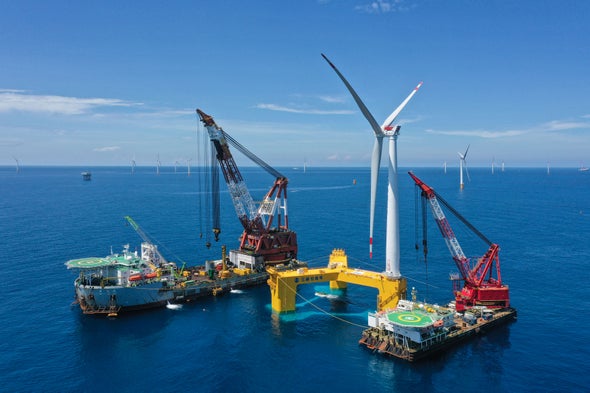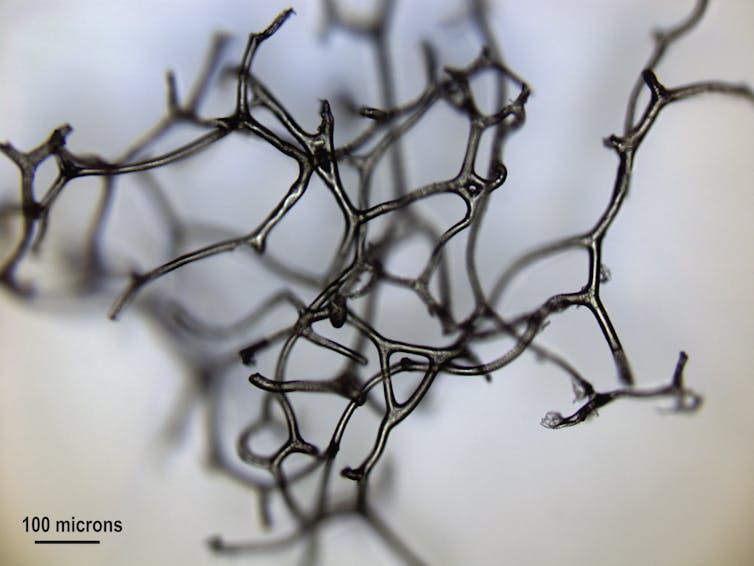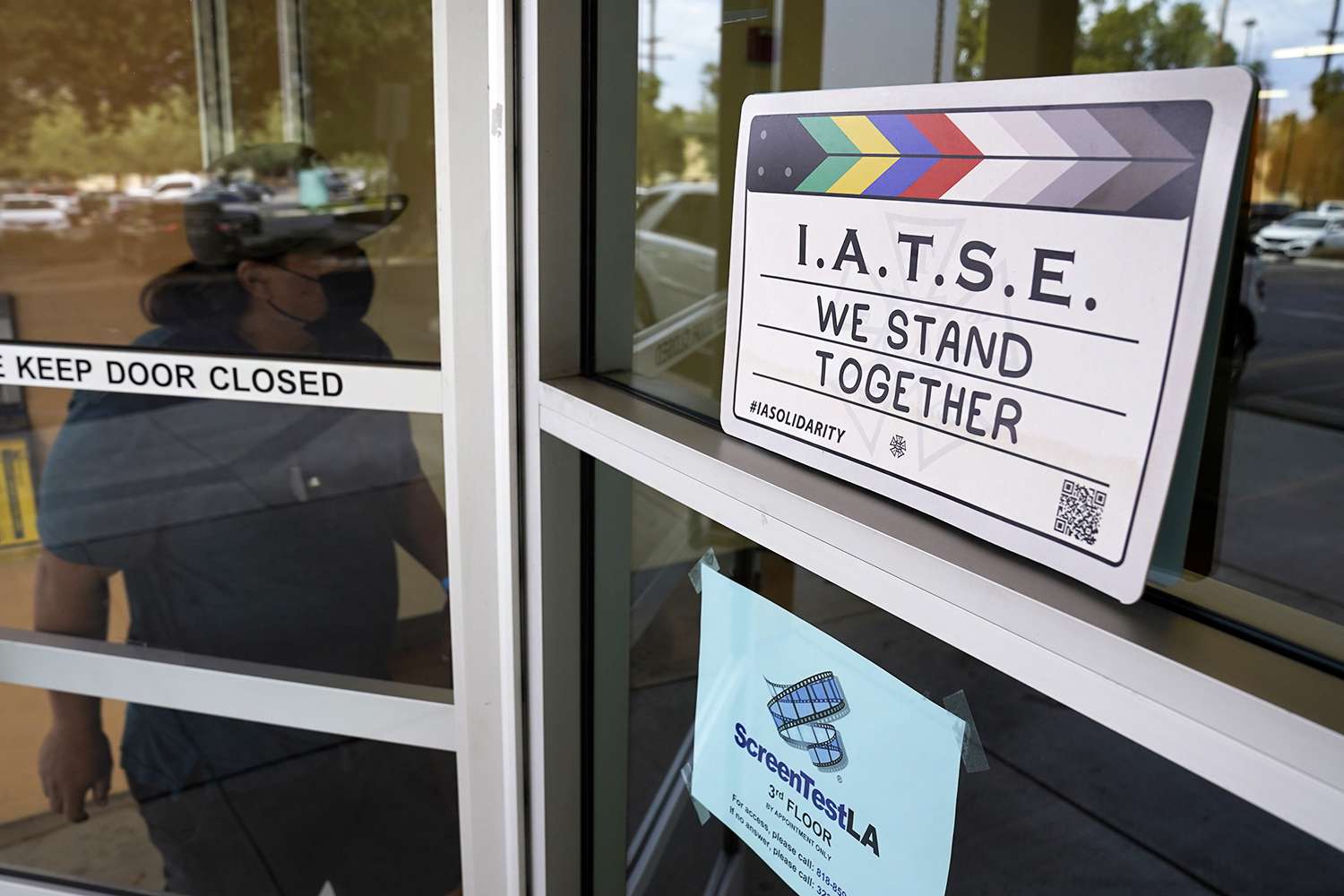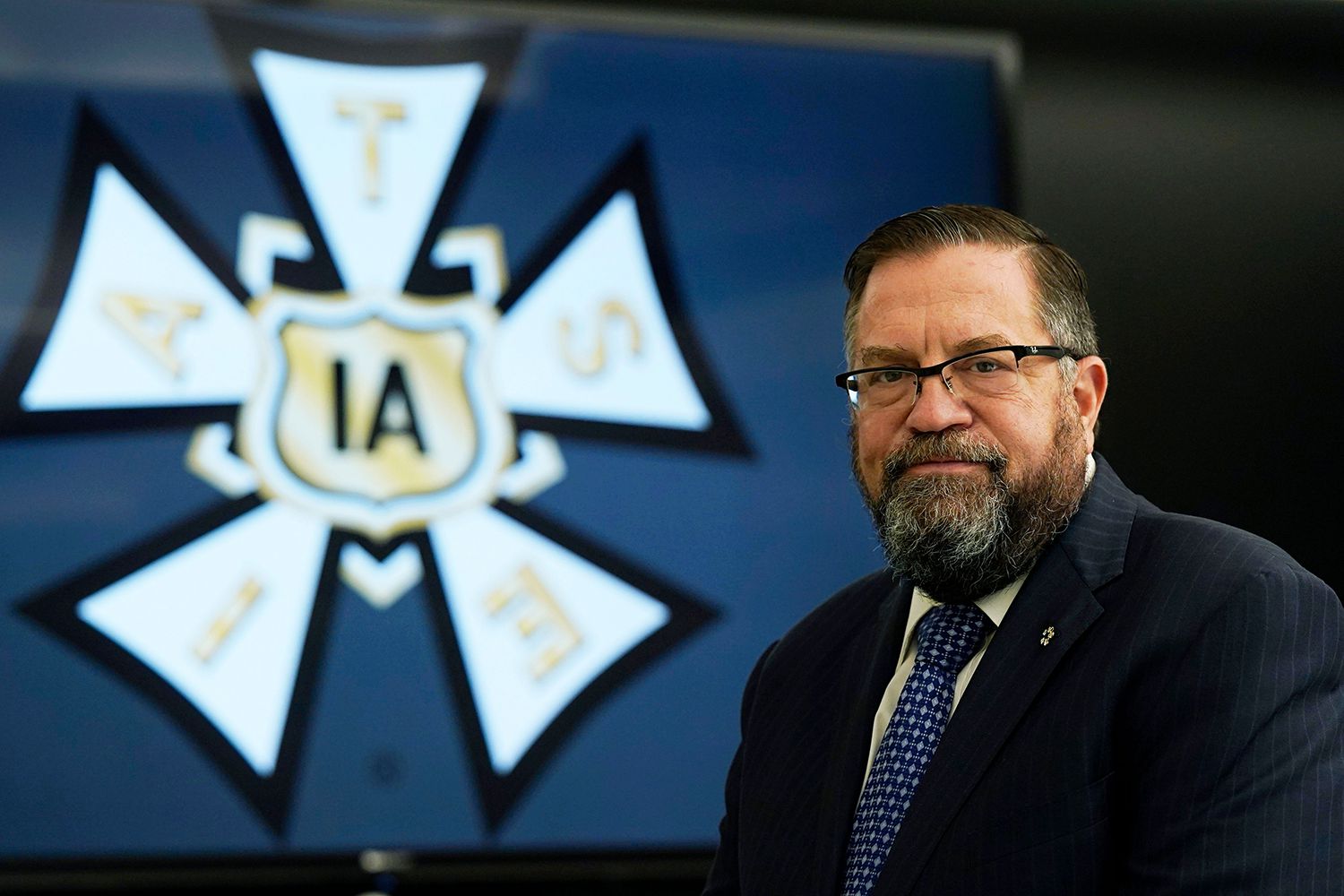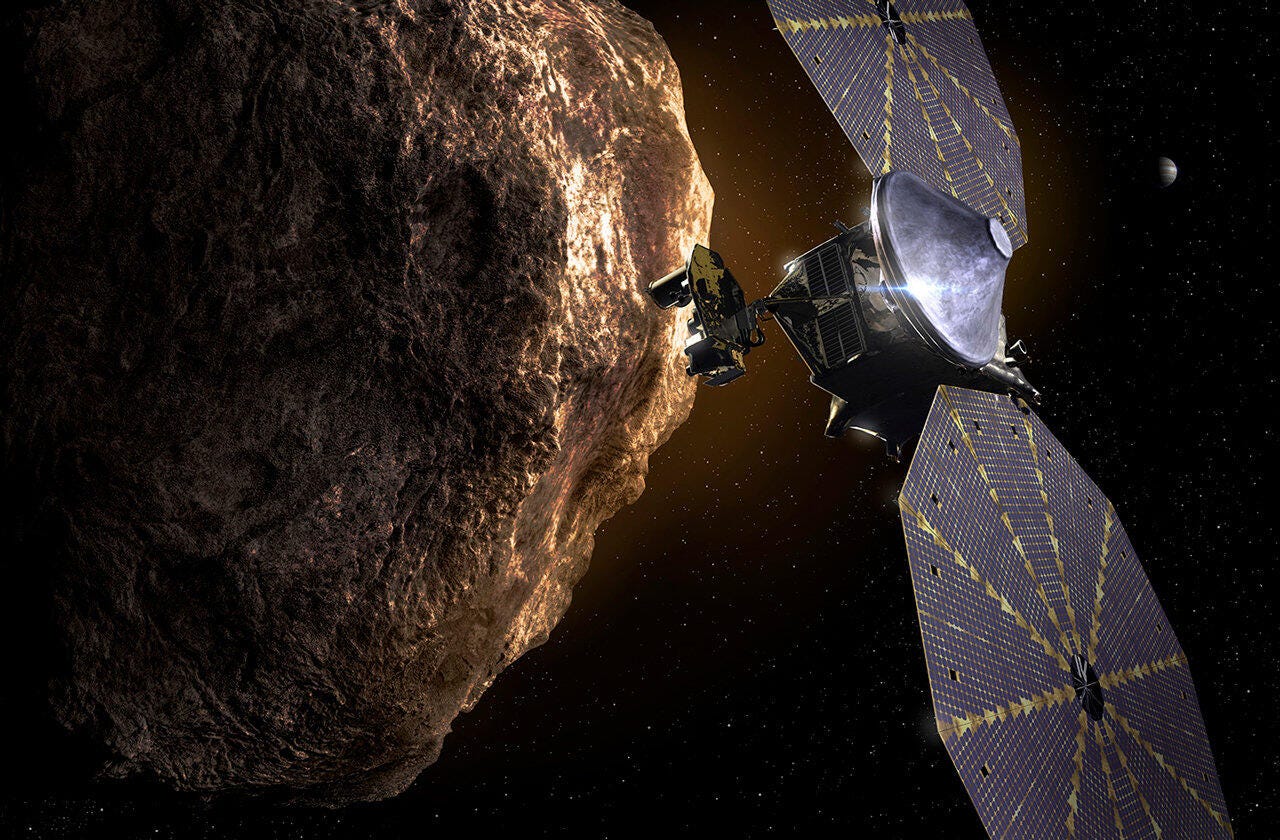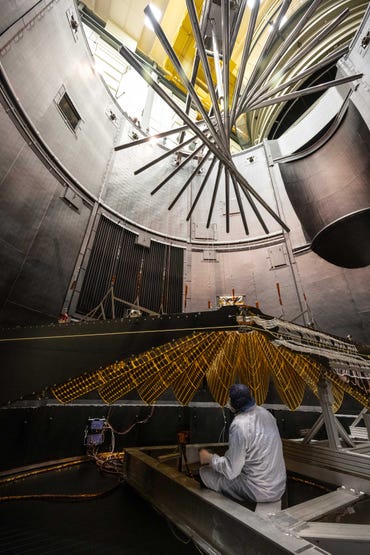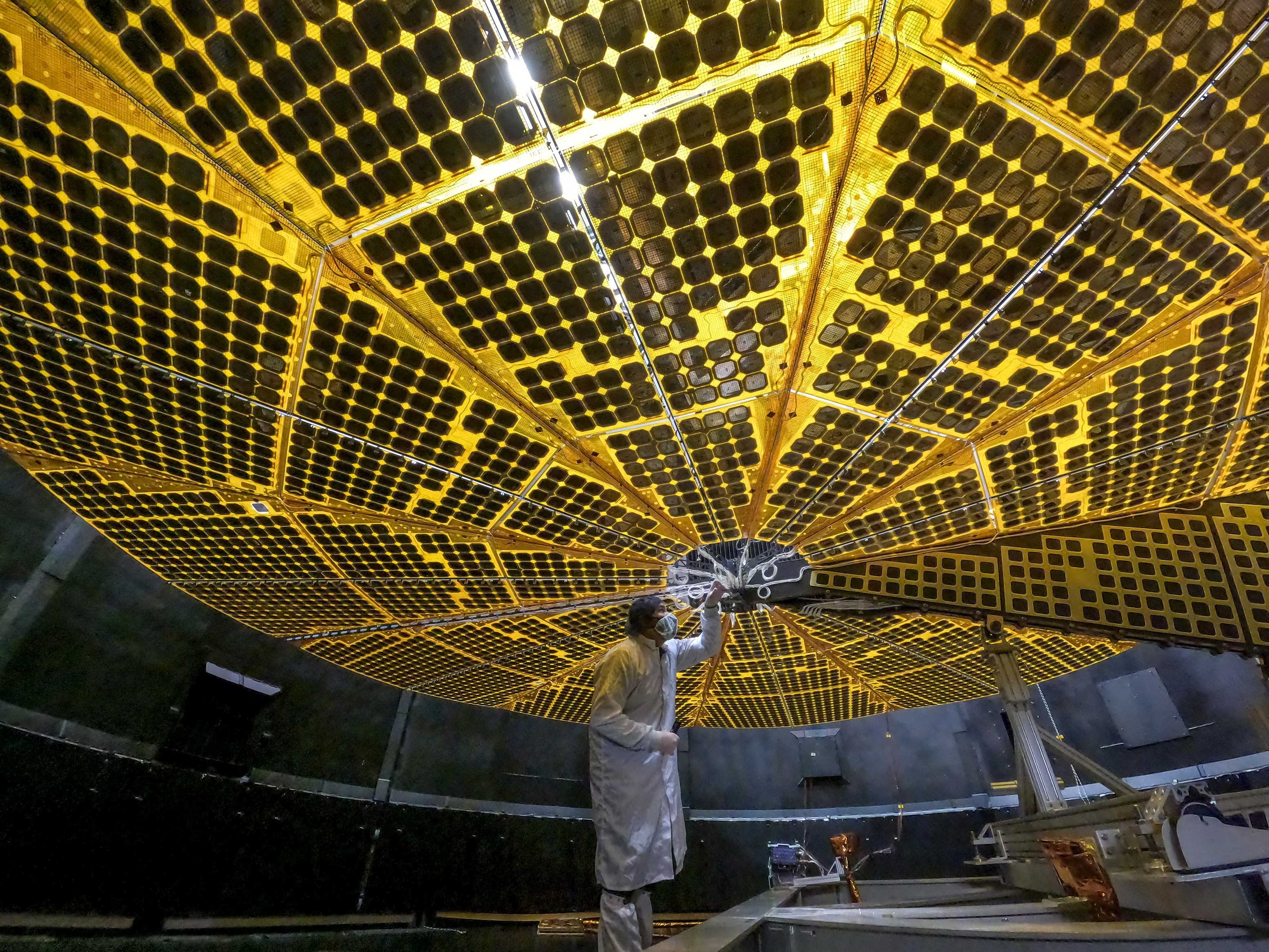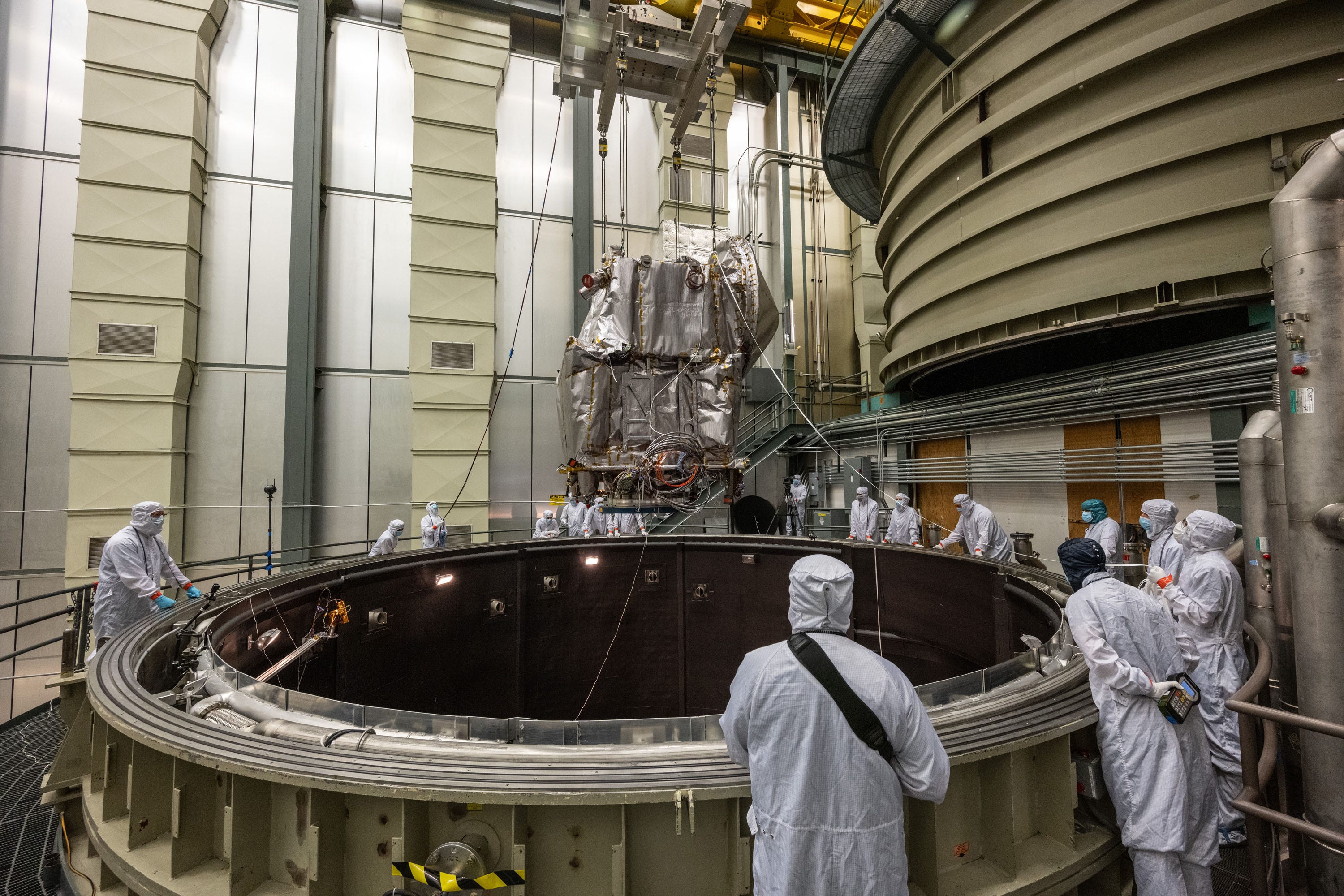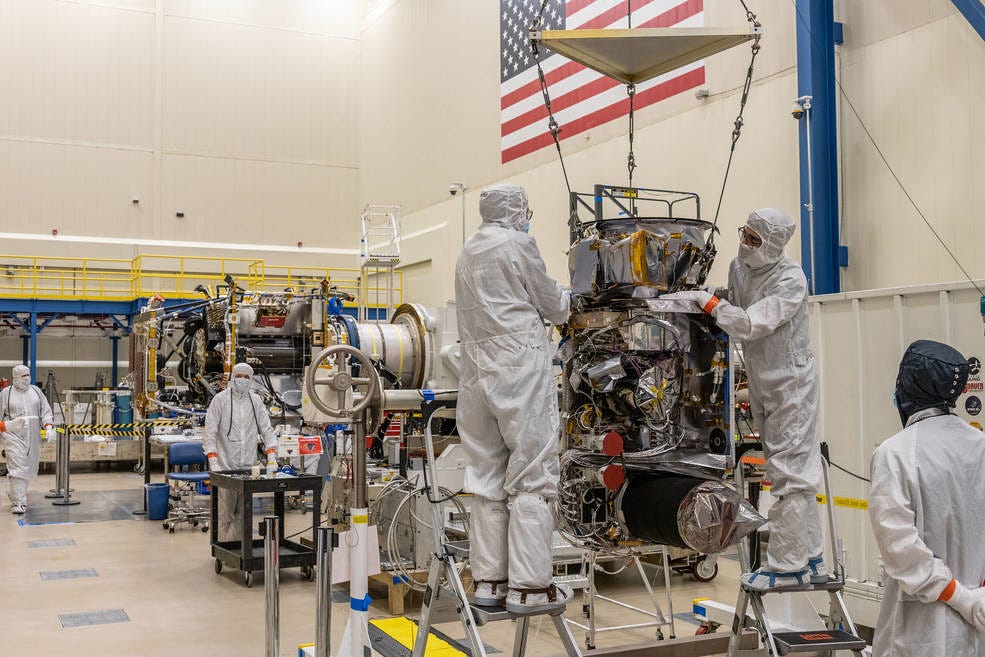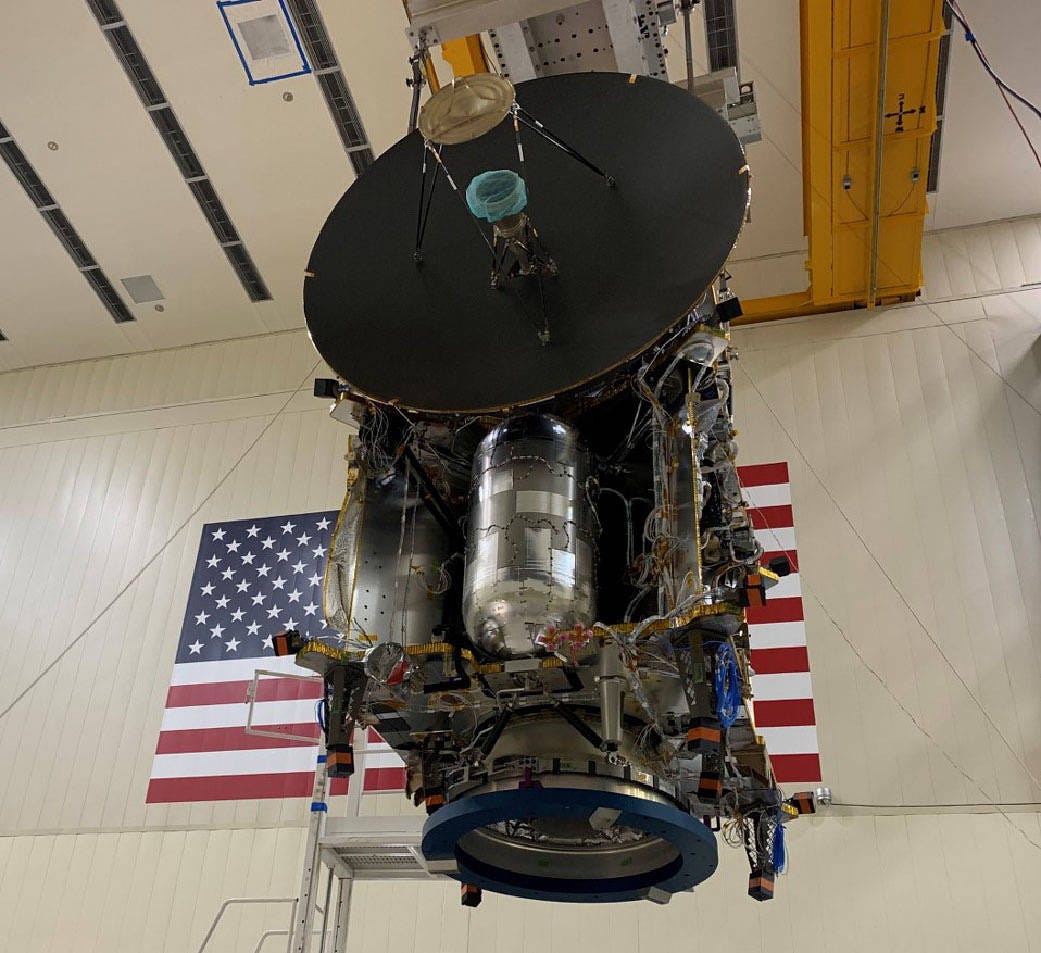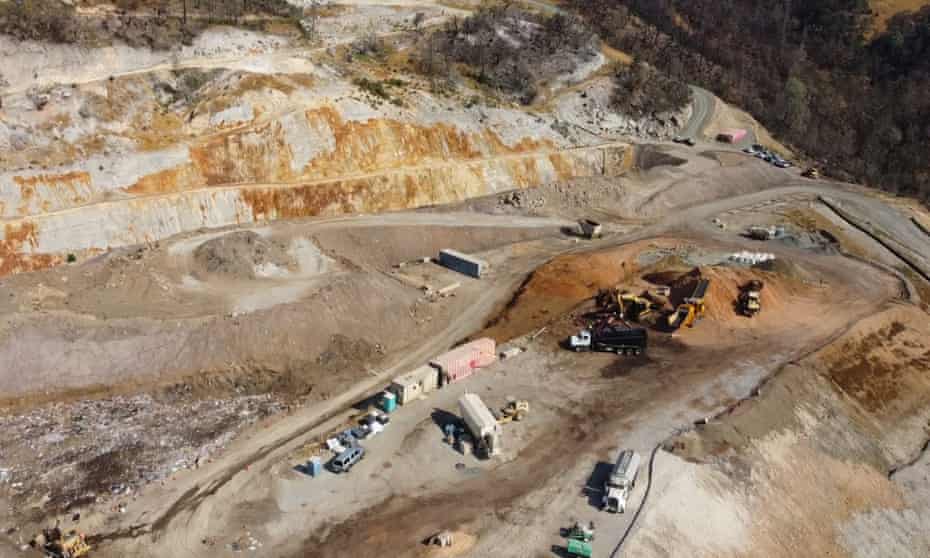
Carey Gillam and Alvin Chang
Sun 17 Oct 2021
The US Environmental Protection Agency (EPA) has identified more than 120,000 locations around the US where people may be exposed to a class of toxic “forever chemicals” associated with various cancers and other health problems that is a frightening tally four times larger than previously reported, according to data obtained by the Guardian.

Chemicals used in packaging may play role in 100,000 US deaths a year – study
The list of facilities makes it clear that virtually no part of America appears free from the potential risk of air and water contamination with the chemicals known as per- and polyfluoroalkyl substances (PFAS).
Colorado tops the EPA list with an estimated 21,400 facilities, followed by California’s 13,000 sites and Oklahoma with just under 12,000. The facilities on the list represent dozens of industrial sectors, including oil and gas work, mining, chemical manufacturing, plastics, waste management and landfill operations. Airports, fire training facilities and some military-related sites are also included.
The EPA describes its list as “facilities in industries that may be handling PFAS”. Most of the facilities are described as “active”, several thousand are listed as “inactive” and many others show no indication of such status. PFAS are often referred to as “forever chemicals” due to their longevity in the environment, thus even sites that are no longer actively discharging pollutants can still be a problem, according to the EPA.
The tally far exceeds a previous analysis that showed 29,900 industrial sites known or suspected of making or using the toxic chemicals.
People living near such facilities “are certain to be exposed, some at very high levels” to PFAS chemicals, said David Brown, a public health toxicologist and former director of environmental epidemiology at the Connecticut department of health.
Brown said he suspects there are far more sites than even those on the EPA list, posing long-term health risks for unsuspecting people who live near them.
“Once it’s in the environment it almost never breaks down,” Brown said of PFAS. “This is such a potent compound in terms of its toxicity and it tends to bioaccumulate … This is one of the compounds that persists forever.”
A Guardian analysis of the EPA data set shows that in Colorado, one county alone – Weld county – houses more than 8,000 potential PFAS handling sites, with 7,900 described as oil and gas operations. Oil and gas operations lead the list of industry sectors the EPA says may be handling PFAS chemicals, according to the Guardian analysis.
In July, a report by Physicians for Social Responsibility presented evidence that oil and gas companies have been using PFAS, or substances that can degrade into PFAS, in hydraulic fracturing (“fracking”), a technique used to extract natural gas or oil.

‘Permeating all industrial sectors’
The EPA said in 2019 that it was compiling data to create a map of “known or potential PFAS contamination sources” to help “assess environmental trends in PFAS concentrations” and aid local authorities in oversight. But no such map has yet been issued publicly.
The new data set shows a total count of 122,181 separate facilities after adjustments for duplications and errors in listed locations, and incorporation and analysis of additional EPA identifying information. The EPA facility list was provided to the Guardian by the non-profit Public Employees for Environmental Responsibility (Peer), which received it from the EPA through a Freedom of Information request. (Peer is currently representing four EPA scientists who have requested a federal inquiry into what they allege is an EPA practice of ignoring or covering up the risks of certain dangerous chemicals.)
“This shows how PFAS is permeating all industrial sectors,” said Peer’s executive director, Tim Whitehouse.
PFAS chemicals are a group of more than 5,000 man-made compounds used by a variety of industries since the 1940s for such things as electronics manufacturing, oil recovery, paints, fire-fighting foams, cleaning products and non-stick cookware. People can be exposed through contaminated drinking water, food and air, as well as contact with commercial products made with PFAS.
The EPA acknowledges there is “evidence that exposure to PFAS can cause adverse health outcomes in humans”. But the agency also says that there is only “very limited information” about human health risks for most of the chemicals within the group of PFAS chemicals.
EPA officials have started taking steps to get a grasp on the extent of PFAS use and existing and potential environmental contamination, as independent researchers say their own studies are finding reason for alarm. Last year, for instance, scientists at the non-profit Environmental Working Group issued a report finding that more than 200 million Americans could have PFAS in their drinking water at worrisome levels.
The EPA is expected to announce a broad new “action plan” addressing PFAS issues on Monday. The list of facilities handling PFAS is one part of the larger effort by the agency to “better understand and reduce the potential risks to human health and the environment caused by PFAS,” EPA deputy press secretary Tim Carroll told the Guardian.
“EPA has made addressing PFAS a top priority,” Carroll said. “Together we are identifying flexible and pragmatic approaches that will deliver critical public health protections.”
Linda Birnbaum, former director of the National Institute for Environmental Health Sciences and an expert on PFAS, said the EPA compilation of more than 120,000 facilities that may be handling PFAS and other recent moves shows the agency is taking the issue seriously, but more work is urgently needed.
“Unfortunately, where PFAS are used, there is often local contamination,” Birnbaum said. And while the EPA appears to be trying to get a handle on the extent of exposure concerns, progress “seems very slow”, she said.
The American Chemistry Council (ACC) asserts that PFAS concerns are overblown.
Major manufacturers have backed away from the PFOS and PFOA-related chemicals that research has shown to be hazardous, and other types of PFAS are not proven to be dangerous, according to the chemical industry organization. “PFAS are vital” to modern society, according to the ACC.
But public health and environmental groups, along with some members of Congress, say the risks posed to people by industrial use of PFAS substances are substantial.
Four US lawmakers led by Rosa DeLauro, chair of the House Committee on Appropriations, wrote to the EPA administrator, Michael Regan, on 6 October about their concerns regarding PFAS contamination of air and water from industrial facilities, saying: “For too many American families, this exposure is increasing their risk of cancer and other serious health problems.”
More than 150 advocacy groups also sent a letter to Regan calling for urgent action to address industrial discharges of PFAS chemicals, noting that many of the chemicals “have been linked at very low doses to serious health harms”.
Fears and foamy water
One of the sites on the EPA list is the Clover Flat landfill in Calistoga, California, a small community in the Napa Valley area that is popular for its vineyards and wineries. The landfill sits on the northern edge of the valley atop the edge of a rugged mountain range.
Clover Flat has taken in household garbage, as well as commercial and industrial waste since the 1960s, but over time the landfill has also become a disposal site for debris from forest fires.
Though the EPA list does not specifically confirm Clover Flat is handling PFAS, the community has no doubt about the presence of the toxic chemicals. A May 2020 water sampling report requested by regional water quality control officials showed that PFAS chemicals were present in every single sample taken from groundwater and from the leachate liquid materials around the landfill.
Close to 5,000 people live within a three-mile radius of the landfill, and many fear the PFAS and other toxins taken in by the landfill are making their way deep into the community.
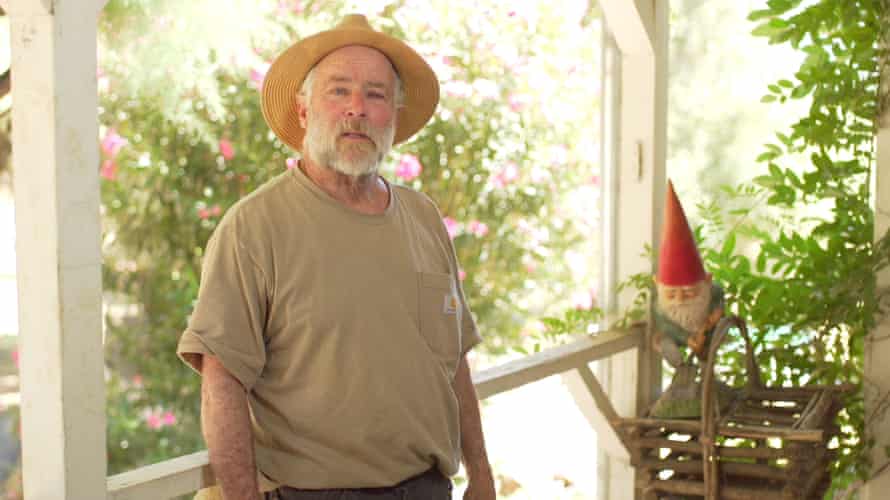
Geoffrey Ellsworth, mayor of the small city of St Helena in Napa county, said multiple streams cross the landfill property, helping rains and erosion drive the chemical contaminants downhill into creeks and other water sources, including some used to irrigate farmland. He has been seeking regulatory intervention but has not been successful, he told the Guardian.
A small group of Napa Valley residents have been working on a documentary film about their concerns with the landfill, highlighting fears that exposures to PFAS and other contaminants are jeopardizing their health.
“The water is full of foam and looks soapy and smells funny,” said 69-year-old Dennis Kelly, who lives on a few acres downhill from Clover Flat. His dog Scarlett has become sick after wading through waters that drain from the landfill into a creek that runs through his property, Kelly said. And for the last few years he has suffered with colon and stomach cancer.
Kelly said he fears the water is toxic, and he has noticed the frogs and tadpoles that once populated the little creek are now nowhere to be found.
